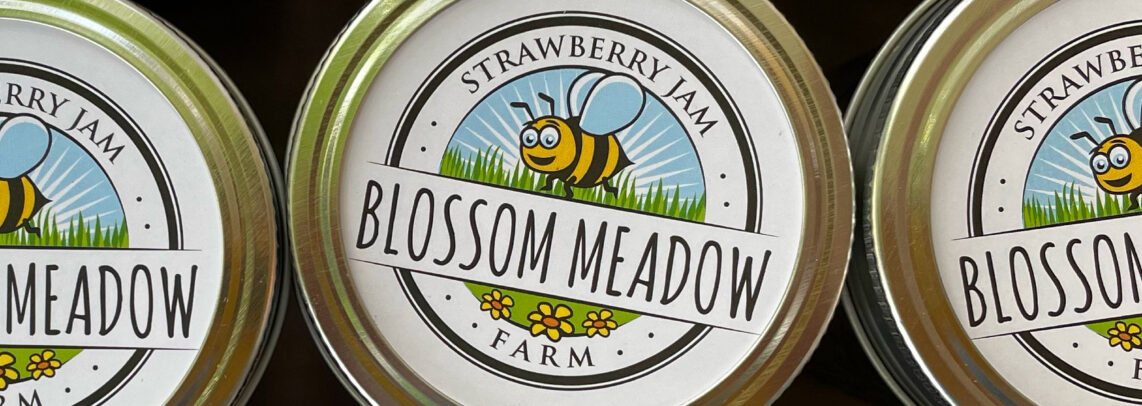Blossom Meadow Farm mason bee cocoons are superior in part because we practice loose cell management. Loose cell management is the process of harvesting one’s cocoons from the nesting tubes and overwintering them in a refrigerator.
By harvesting the mason bee cocoons, the mason bees are given a competitive advantage against pollen mites and other pests. We rinse the newly harvested cocoons in a dilute bleach solution which kills any pollen mites that may be hitching a ride on the outside of the cocoon. The physical removal of the cocoon from the tube and discarding unwanted creatures also keeps pest populations at bay. For example, the Houdini fly is a kleptoparasite. It does not attack the mason bee directly, but lays its eggs on the pollen and nectar loaf meant for the mason bee young, subsequently starving the mason bee larva. When harvesting your cocoons you will likely find a few cells of really sticky maggots – these are the Houdini flies – squish, squish! – kill the maggots.
Mason bees are native to New York and they will hibernate successfully outside under natural climatic conditions. The problem is that the nation’s winters on average continue to warm and studies are showing that this is problematic for ectothermic insects. To make sure that my livestock and those that I sell are chubby and prolific in the spring, I keep my bees at a constant 4 degrees Celsius in a refrigerator dedicated solely to my cocoons. Your refrigerator crisper also approximates this temperature.
In CaraDonna et al (2017), scientists conducted field experiments with the blueberry bee Osmia ribifloris in Arizona and mimicked cooler and warmer overwintering climatic conditions. Warmer overwintering conditions led to significant mortality rates of hibernating bees and reductions in the body mass and fat content of the emerging bees. When the bees are hibernating in their cocoons, warmer winters likely elevate their basal metabolisms which depletes their fat stores at a much faster rate compared to the temperatures experienced in the controlled and cooler treatments. The reductions in body mass and fat content undoubtedly will have strong direct effects on their future fitness (lower reproductive rates, shorter life spans, less energy). These research findings highly suggest that Osmia ribifloris will face local extinction in the warmer parts of its range within the century.
Reflection on our work: The blue orchard mason bee’s range on the east coast is from Maine to northern Georgia. Since Long Island is nestled well within this geographic range, I think the future of this species will be okay and that we are not creating a zoo of sorts with our bee ranching efforts. Refrigerating cocoons during the winter months merely helps your bees thrive in your yard the following Spring.
Reference: CaraDonna PJ, Cunningham JL, Iler AM. Experimental warming in the field delays phenology and reduces body mass, fat content and survival: Implications for the persistence of a pollinator under climate change. Funct Ecol. 2018; 32: 2345-2356. https://doi.org/10.1111/1365-2435.13151

